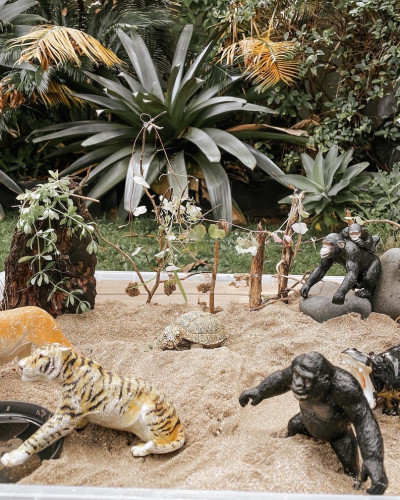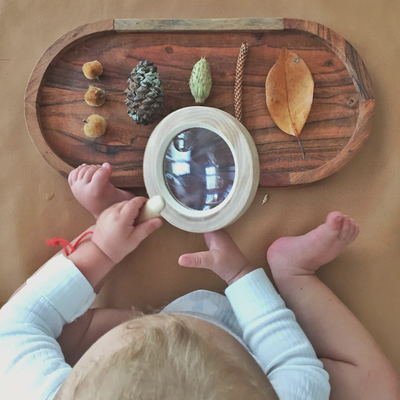
There’s a growing trend that should be celebrated – going barefoot.
Little Barn Owls in Horsham have a barefoot project. Prince George was pictured joyfully paddling barefoot in a stream at the Chelsea Flower Show. It is just as good for adults as this article in Scientific American shows.
The flat rubber-surfaced conception of a ‘safe’ outdoor environment is not a rich place for providing babies, toddlers and young children with the sensory and loco-motor challenges they need for good development.
Over recent years, I’ve been paying a lot of attention to the landscape (topography) and surfaces that children need to explore before they are three and after. I’ve often heard of children going into the woods on their first Forest School visit who have found the woodland floor too challenging and even scary or upsetting. I also come across adults who are not used to negotiating this bumpy, sloping, unpredictable footing; and find it quite demanding.
If adults find this ground challenging to manage, they would perhaps not see it as surprising that the children do; but I think this situation is alarming. Early locomotor experiences are crucial throughout the early years, specifically under three years, to generate good levels of capability, confidence, and self-efficacy in their physical lives, including balance, eye-foot coordination, the flexibility of foot-fall, and responsiveness of limb control react to unevenness in the ground.
Observing three-year-olds playing outside in Danish Kindergartens, it became clear to me just how much balance, control and confidence, willingness to challenge themselves and physical freedom these children have, with trust from adults that is combined with an assumption that they are perfectly competent to be doing what they were doing. Reflecting on this, I have spent a lot of time considering what our children have been missing, from birth onwards, what they need in their lives in general, and from their play outdoors in particular.
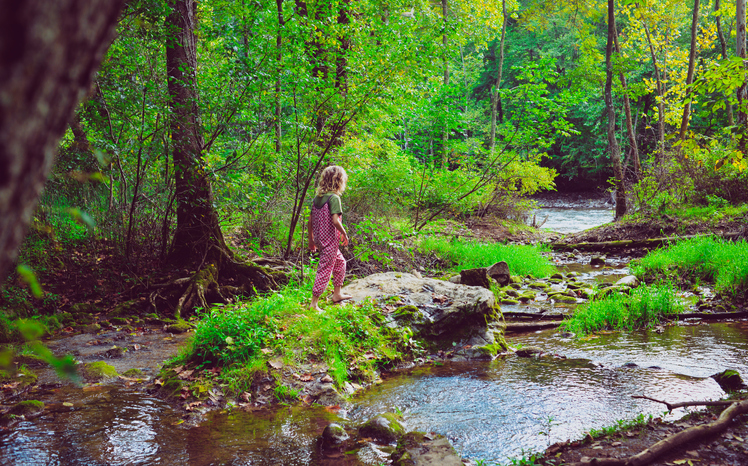
Barefoot immersed in nature may not be a regular possibility for those in urban areas. Still, we can recreate these textures and experiences underfoot through well designed outdoor spaces—image by Lisa DeLong Photography.
Young children need to spend lots of time moving in a landscape that provides a good range of different surfaces every day. Indoor environments tend to be very limited in the variety of floor surfaces – wherever the child goes; it is likely to be smooth, firm, free of bumps and uniform resistance. Outdoors, children are so often contained and restrained in pushchairs and car seats. However, while they are crawling, and as soon as they are getting confident at upright walking, they need to experience increasing demand on the body and brain for strong locomotor skills to develop.
A good outdoor environment for this aspect of physical development will offer surfaces:
- With variety and that are less predictable;
- That are soft and give way a little underfoot, such as grass, sand and bark,
- That slope and offer a range of gradients;
- With different levels, such as steps and terraces with different ways of getting between them;
- That are uneven and bumpy, that need a lot of attention and response, such as rough and worn grass, woodland floor and boulders for clambering);
- That change with the weather, seasons and over time, such as a mud mountain;
- That contrast as the child moves from one kind of surface to another; and
- Environments that offer a variety of things for the child to pull, push and carry while moving.
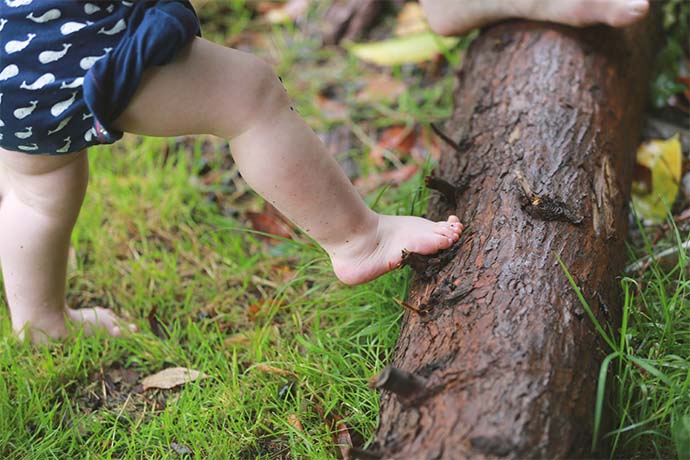
Infant navigating from grass to a log, experiencing and learning from the difference in texture. Image by Liz Edwards of Muddy Faces via Carol Duffy.
How about these wonderful and wise words from the Austrian artist and architect Friedensreich Hundertwasser (1991), found on the Kunst Haus Wien wall in Vienna. Like Gaudi, Hundertwasser made the floors of his buildings uneven and very beautiful to move on.
“If man is forced to walk on flat floors as they were planned thoughtlessly in designers’ offices, estranged from man’s age-old relationship of contact to earth, a decisive part of man withers and dies. This has catastrophic consequences for the soul, the equilibrium and the wellbeing of man. Man’s ability to experience ceases, and he becomes disabled, mentally and organically.
The unseen floor becomes a symphony, a melody for the feet and brings back natural vibrations to man. It is good to walk on uneven floors and regain our human balance” - Austrian Visual Artist and Architect, Friedensreich Hundertwasser.
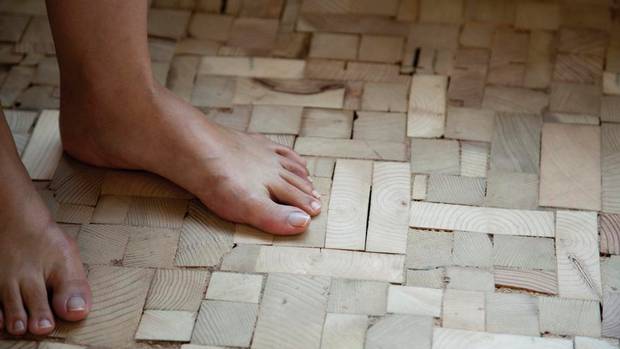
During my research in this area, I’ve been drawn into the world of Barefoot Living. I’ve never liked wearing shoes and was raised to believe it was good to be barefoot. But until recently, I thought I was unusual and perhaps even a bit weird – I do the gardening barefoot, loving to feel all the different surfaces and sensations through my feet, and finding it unpleasant to have shoes on when I’m out there.
Now I’ve discovered a global community of people who take this much further – and resist the expectations and demands in the West to wear shoes when out in the community (The Case for Bare Feet). In finding out more about this, I have concluded that shoes are actually not good for children’s developing feet and locomotion. It also makes me think that it’s time to reconsider what we do in outdoor play in early years settings, as this is actually an environment where children could go barefoot, and I know that they commonly do in New Zealand.
Why has it often become a mantra and even a rule that children must put on shoes to go outside?
Why do we assume that babies should have shoes put on their feet as soon as they start to walk, and certainly if they are outdoors?
- How is it that at least half of the world’s population don’t wear, and don’t need, shoes?
- How did we evolve as bipedal primates without the protection of something on our feet?
- Has the world really become more dangerous to our feet, or have our feet become so much more delicate?
- Why is it so hard to buy shoes that fit feet that have spent a lot of time being unshod – that is, why don’t they make shoes that fit the natural shape of feet?
- How have we become so convinced that shoes help young feet to develop well and that we need them for our feet to operate properly?
So much information enters the body via the feet, which the child then makes a response to move successfully, that it is worth contemplating why we are so keen to put shoes onto children’s feet as soon as they are walking. Surely, at this time particularly, the toddler needs their feet to be feeling the ground and operating as they are meant to. As Dr Paul Brand observes, “A barefoot walker receives a continuous stream of information about the ground and about his own relationship to it, while a shod foot sleeps inside an unchanging environment” (quoted in Born to Run, McDougall, 2009).
Observing that “children have an instinctive understanding that shoes are unnatural”, and recommending that “children should not wear closed shoes with toe springs, elevated heels or arch supports until at least the age of eight, or they should at least minimise the use of such shoes to minutes per day” (p77), anatomist Dr Daniel Howell (The Barefoot Book, 2010, p45) explains that even sensible shoes can do the following to feet and gait:
- Diminish the flexibility of the foot and toes,
- Reduce the gripping and push-off functions of the toes,
- Virtually eliminate the sensory feedback between the sensitive sole and the brain,
- Redistribute body weight and load-bearing placements in the foot,
- Alter the positions of joints in the foot, ankle, knee, hip and spine,
- Dramatically reduce the spring action of the arch,
- Reduce the shock-absorption function of the arch considerably.
![]()
By Prof Jan White of Early Childhood Outdoors
Blog reposted from Is being barefoot in the early years catching on?
Jan White is a leading thinker and writer on outdoor play and advocates for high-quality outdoor provision for services for children from birth to seven, working across the UK and internationally. Find out more about Prof Jan White and the origins of ECO here.
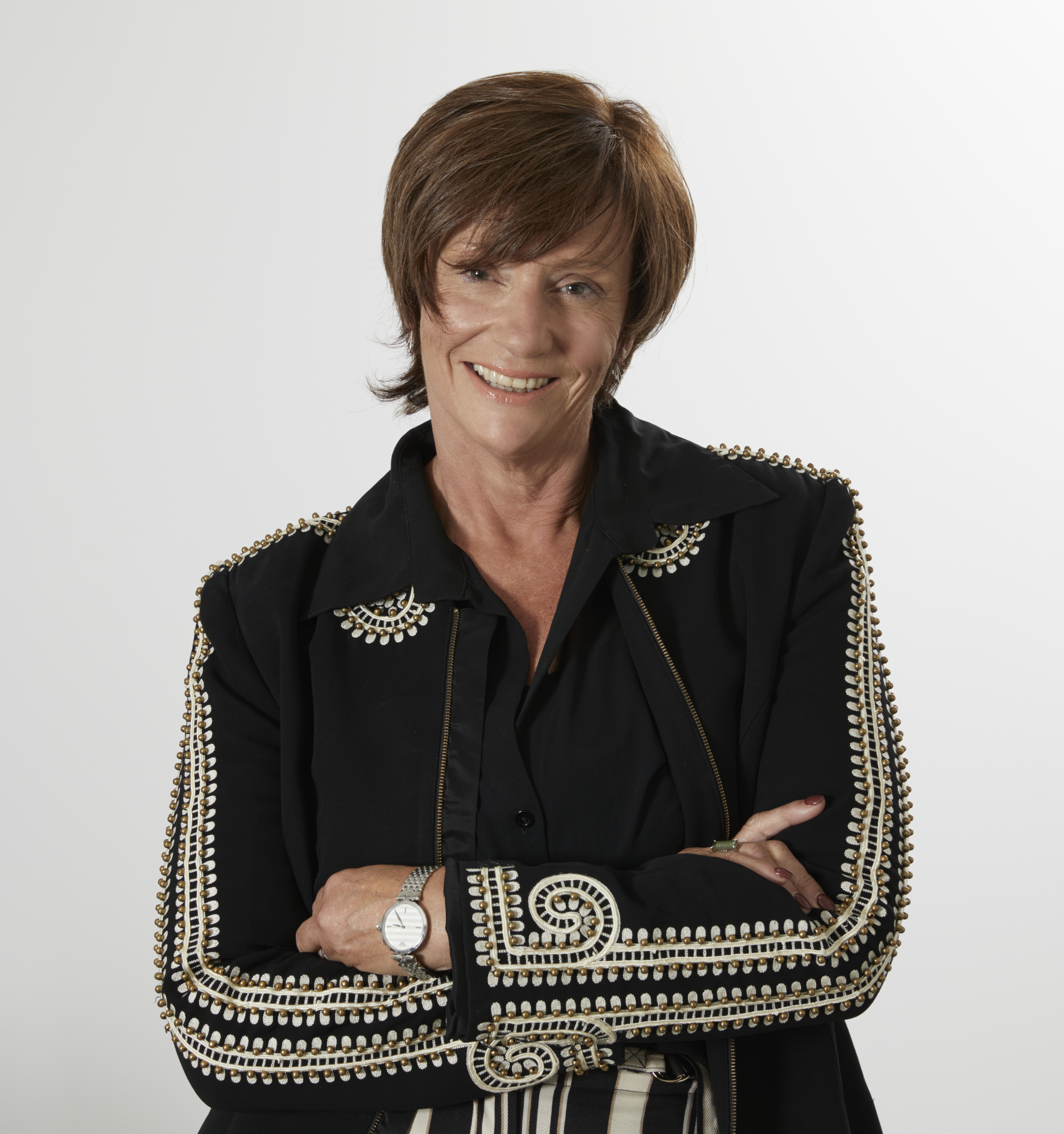

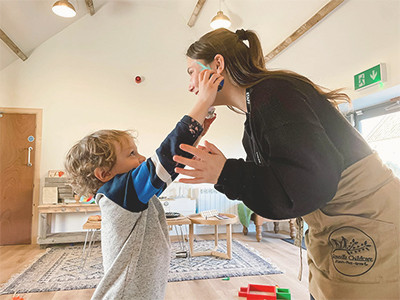
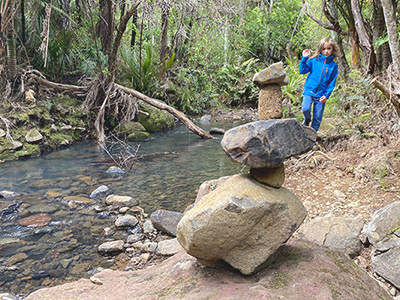
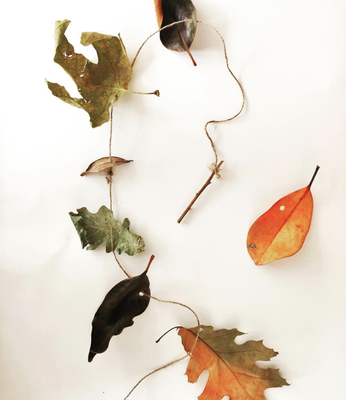
 Jade Leigh Kelly
Jade Leigh Kelly